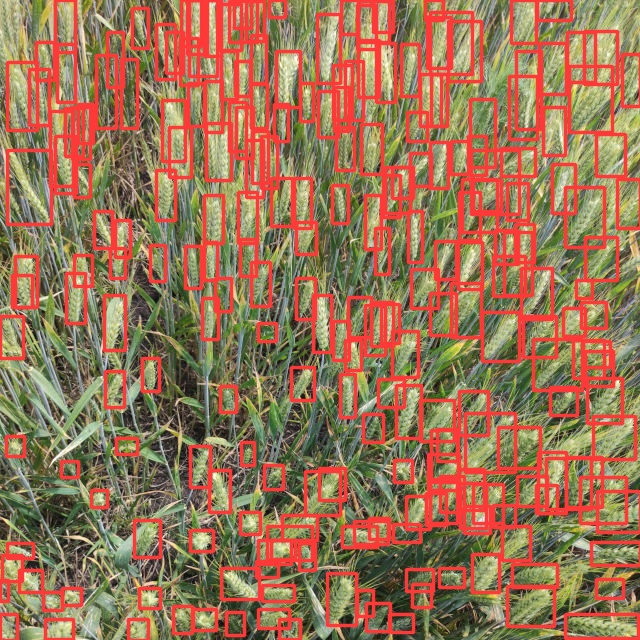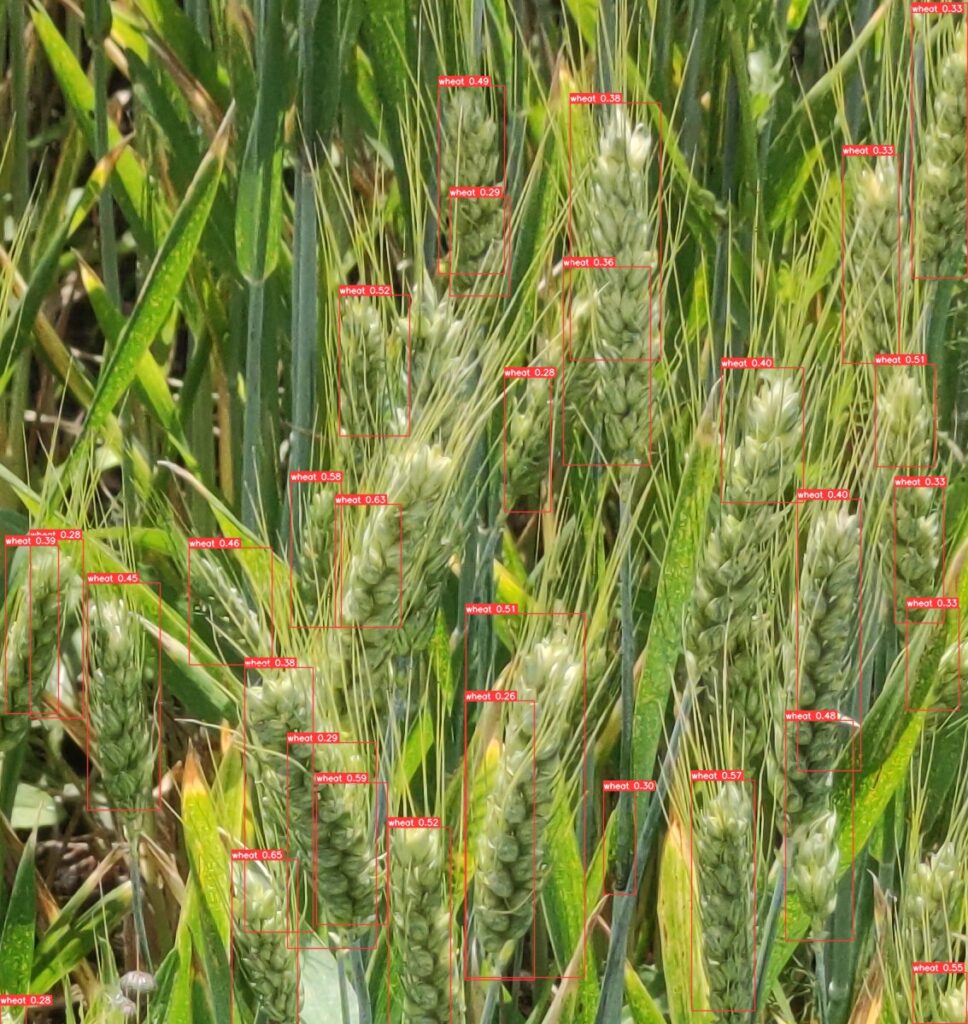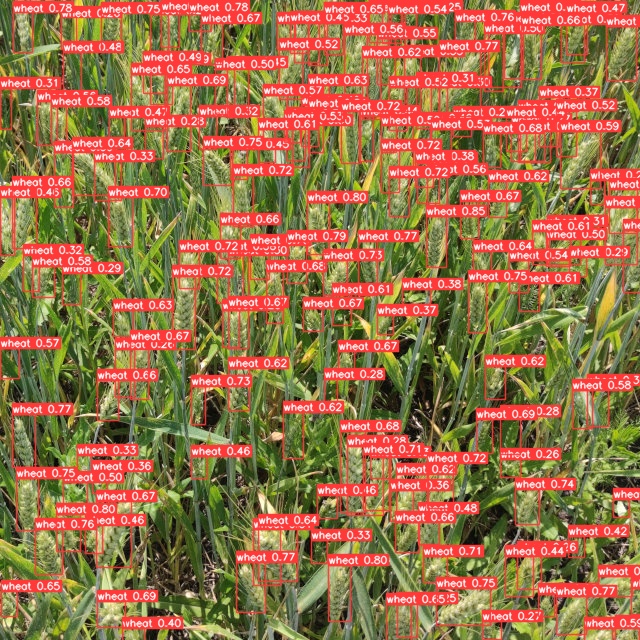Njamito Goes Fairtrade for Cocoa and Vanilla
March 31, 2025Njamito is now Fairtrade certified for cocoa and vanilla! Here’s what that means for farmers, the planet, and the values behind our meal-in-a-bottle.
Read articleDiscover the promising application of AI in wheat stand counting as our colleague, Marko Djordjević, explores Wheat Ear Detection through AI. This presents a potential solution to replace the manual process and provide increased efficiency.

The intersection of agriculture and technology has always been a fascinating realm, reflecting our collective effort to optimize nature’s bounty. In recent years, the incorporation of Artificial Intelligence (AI) into agriculture has paved the way for revolutionary changes. One such change pertains to the tedious process of wheat stand counting, which until now, has been predominantly a manual task. Today, we’re thrilled to present the strides we’ve made in this area through the implementation of AI, promising to redefine productivity and accuracy in wheat yield estimation.

The estimation of wheat yield is pivotal in the world of agriculture. Accurate counts inform important decisions around crop management, harvesting, and market planning. Traditionally, this count has been done manually – a time-consuming and often error-prone process. The need for a more efficient and precise method led us to explore the possibilities of AI in this field.
Marko Djordjević, one of our dedicated engineers at LoginEKO, recognized the potential for using AI to revolutionize wheat stand counting. After an extensive exploration of various models, he zeroed in on YOLOv5, a powerful tool known for object detection. Marko’s approach hinged on leveraging the strengths of AI to address the challenges in traditional wheat stand counting. By training the YOLOv5 model for wheat ear detection, we hoped to significantly speed up the process, reduce errors, and ultimately provide a more reliable tool for agronomists worldwide.
Why YOLOv5? This model stands apart for its real-time object detection capabilities. Earlier attempts with other models like TasselNetV2+ provided us with valuable insights and served as stepping stones on our journey towards a more refined solution. By training YOLOv5 on wheat ear detection, we’ve achieved promising results. The model is capable of identifying individual wheat stands in a fraction of the time it would take a human counter, thereby greatly improving the speed and efficiency of the process.

Our achievement with YOLOv5 is not just about improving the wheat stand count. It signifies a broader shift in the agriculture sector towards embracing AI. We envision a future where precision and efficiency are the norms, not the exceptions. By equipping agronomists with our AI model, we’re enabling them to make better-informed decisions about their crops. We’re helping them to streamline their processes, minimize their workload, and maximize their output.
Moreover, this breakthrough resonates with our commitment to promoting organic agriculture. With our model, farmers can reduce their reliance on potentially harmful practices, such as excessive fertilization, which are often used to compensate for inaccuracies in yield estimation.
At our company, we believe in the power of technology to redefine the world of agriculture. The development and implementation of our wheat ear detection model is just one step in that direction. With continuous research and innovation, we aim to drive the sector forward, creating solutions that respect both the environment and the hard work of our farmers.
We’re excited about the journey ahead and invite you all to join us as we continue to innovate for a greener, more efficient agricultural sector.
Njamito is now Fairtrade certified for cocoa and vanilla! Here’s what that means for farmers, the planet, and the values behind our meal-in-a-bottle.
Read articleIdealism met reality as we launched our meal-in-a-bottle, Njamito. After 100.000 bottles sold, here’s what we learned about organic food and market adaptation.
Read articleWith organic seeds in short supply, we launched our own organic seed production journey to secure sustainable farming practices.
Read article